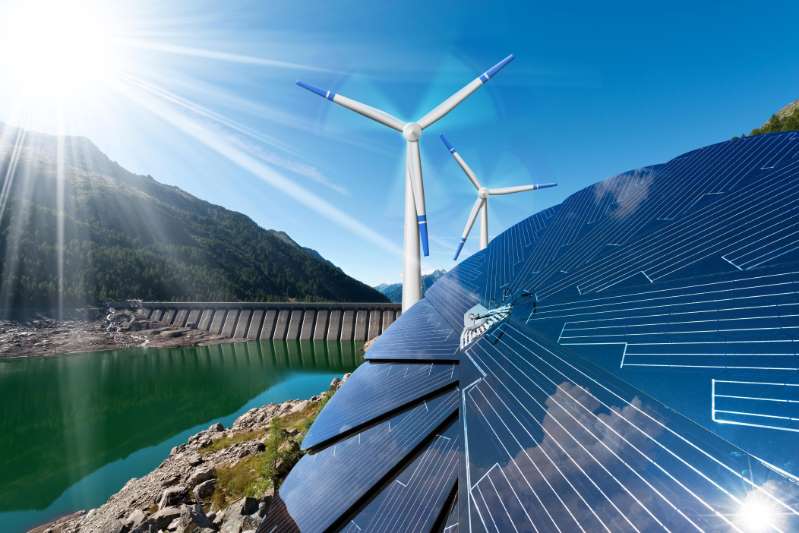Energy poverty households suffer particularly from price hikes.

The price increase for household energy accelerated in Austria at the beginning of the year. In January there was a 2.9 percent increase in prices compared to the previous month. The general price level in January was 0.8 percent lower than in December. Year-on-year, household energy was still 5.4 percent cheaper than the year before, according to the energy price index calculated by the Austrian Energy Agency. The general CPI rose 0.8 percent.
All in all, life became cheaper from December to January, but energy prices slowed this development, explained Energy Agency managing director Peter Traupmann. Energy costs would play an important role, especially for households with low incomes: “The approximately 117,000 energy-poor households in Austria spend around 20 percent of their disposable income on energy. That is five times as much as an average household, which is only around four percent. “
Poorly insulated properties or inefficient equipment could drive up energy requirements and costs, putting an excessive strain on a household budget. According to Traupmann, around 44 percent of energy-poor households live in buildings that were built by 1960. Of the other households, however, it is only 29 percent. Accordingly, the consumption of energy-poor households is also over 50 percent higher than that of the comparison group. In a thermally refurbished single-family house, for example, energy costs would fall by an average of 60 percent and CO2 emissions by an average of 63 percent.
According to the Energy Agency, the reason for the rise in household energy prices in January was that electricity and heating oil were almost 5 percent more expensive within a month and fuel prices rose by 3 percent. “Due to their importance for the average household in the EPI, these product groups are particularly highly weighted and therefore caused the index to rise,” said Traupmann.
For all petroleum-based energy sources, the price increase continued in January. Heating oil cost 4.9 percent more than in December, and a tank of 3,000 liters was on average almost 100 euros more expensive. In a year-on-year comparison, heating oil remained cheap: The prices were 21.9 percent below the value in January 2020. The prices for premium gasoline and diesel also rose. Diesel was 3.0 percent more expensive than the previous month, premium gasoline 2.9 percent. Compared to January 2020, however, diesel cost 11.6 percent less and premium gasoline 10.8 percent less.
Electricity became 4.7 percent more expensive for a typical household at the turn of the year and cost an average of 5.2 percent more than at the beginning of 2020. The reasons for this were increases in all three components of the electricity price, namely the network costs, the energy itself as well as taxes and duties. Around 40 percent of the total price is made up of taxes and duties, such as sales tax and green electricity subsidies.
Firewood cost 0.3 percent more in January than in December; year-on-year it was 1.7 percent cheaper. Wood pellets were 0.3 percent more expensive than in the previous month, but were 2.7 percent cheaper than at the beginning of 2020. District heating was the only household energy that was also cheaper within a month – by 0.2 percent; year-on-year, the price fell by 1.0 percent. Gas prices in January were 1.1 percent higher than in December and rose by 0.2 percent year-on-year.

